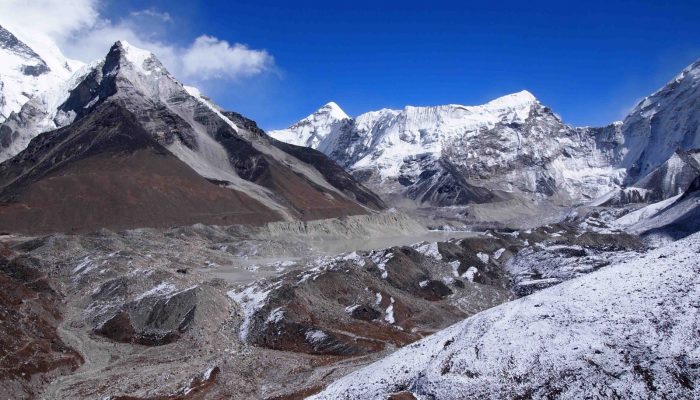Polar surface water, circumpolar deep water, dense shelf water, North Atlantic deep water, Antarctic bottom water… These names pop in most discussions about the ice-ocean interaction and how this will change in a warming climate, but what do they refer to? In our second “For Dummies” article, we shall give you a brief introduction to the concept of “water mass”, explain how to differentiate water ...[Read More]
Image of the Week – Yes, you’re looking at one of Peru’s most dangerous glacial lakes!
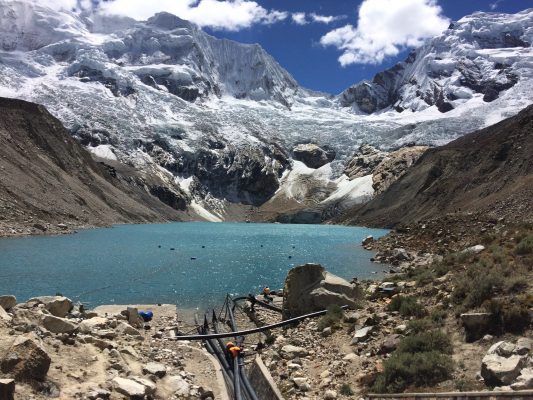
As mountain glaciers melt and recede, they often leave behind large glacial lake that are contained by the glaciers’ old terminal moraines. These glacial lakes are found throughout the world and can pose a significant flood hazard to downstream communities and infrastructure. The image of this week focuses on Lake Palcacocha, a large glacial lake located in Peru’s Cordillera Blanca at an elevation ...[Read More]
Image of the Week – The Journey of a Snowflake

You remember last winter, when everything was white and you had so much fun building a snowman with your friends? What you see on this image above, is what you would see, if you took a tiny tiny piece of your snowman and put it under a low-temperature scanning electron microscope (SEM). The colours are called “pseudo colours”, they are computer generated based on the number of electron ...[Read More]
Image of The Week – 100 years of Endurance!

The 30th August 2016 marks 100 years since the successful rescue of all (human) member of Shackleton’s Endurance crew from their temporary camp on Elephant Island (see map). Nearly a year prior to their rescue they were forced to abandon their ship – The Endurance – after it became stuck in thick drifting sea ice, known as pack ice, trying to navigate the Weddell Sea. It was the last major e ...[Read More]
Image of the Week — Where do people stay in the “coolest” place on earth?
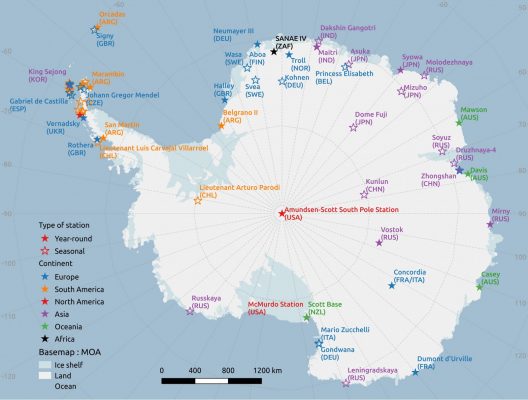
What word would you use to characterise the Antarctic ? White? Windy? Remote? Empty? Inhospitable? Wild? Preserved? While all of these are true it may surprise you to find out that the Antarctic is occupied by humans all year round with almost half of its 82 research stations operating 365.25 days a year! Just a few hours before the launch of the biennial Antarctic meeting held by the Science Comm ...[Read More]
Image of the Week – Hidden Beauty on a Himalayan Glacier
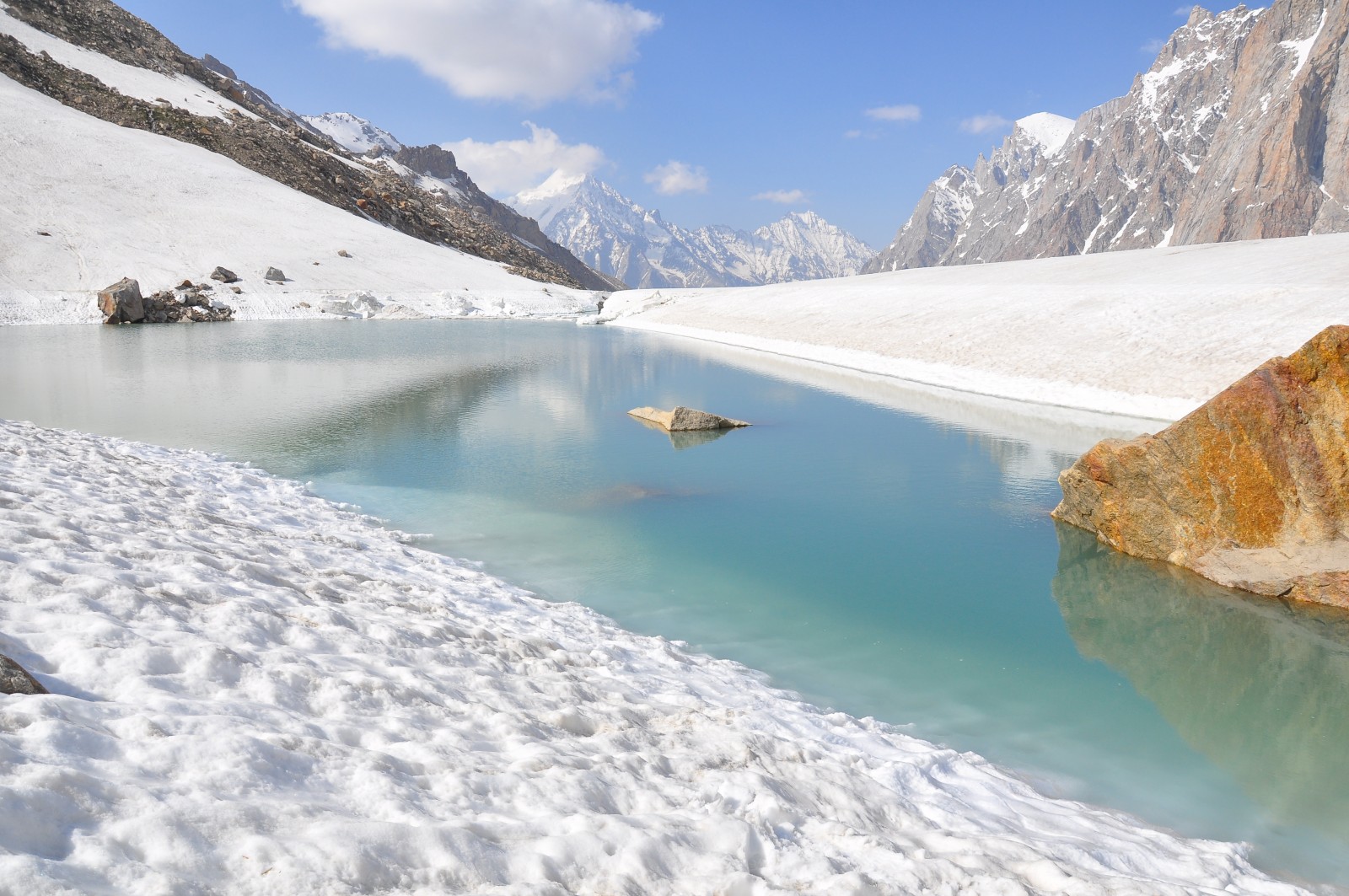
Today’s image of the week comes from stunning setting of Chhota Shigri Glacier in the Pir Panjal Range of northern India. The range is part of the Hindu-Kush Karakorum Himalaya region which is a notoriously challenging place to work as it is very remote and completely inaccessible during the winter months. However, when have these challenges ever stopped a hardy glaciologist?! Our image thi ...[Read More]
Image of the week – Our salty seas and how this affects sea ice growth
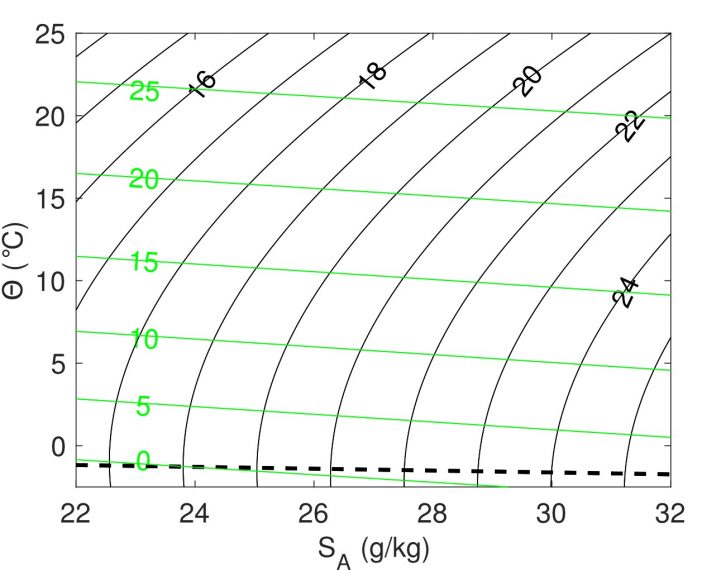
Earth’s oceans are not simply just water, they are a complicated multi-component fluid consisting of water and dissolved salts (ask anyone who has tried to drink it!). The existence of these salts has a significant impact on global ocean circulation. Nowhere is this more significant than in the polar oceans where it is one of the key factors influencing sea ice formation. In this week’s imag ...[Read More]
Image of the Week — Looking for ice inside a volcano !
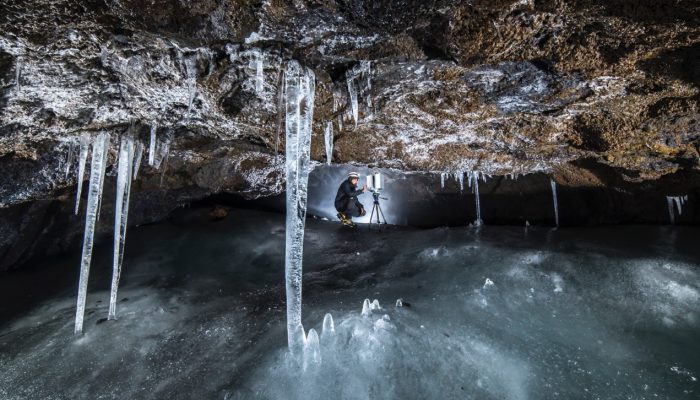
Who would think that one of the world’s most active volcano shelters the southernmost persistent ice mass in Europe!? Yes, you can find ice inside Mount Etna! Located at an altitude of about 2,040 m above sea level, the Ice Cave (Grotta del Gelo) is well known among Mt Etna’s volcanic caves due to the presence of columns of ice on its walls and floor which occupy about the 30% of the ...[Read More]
Fieldwork at 5,000 meters in altitude
Imja Lake is one of the largest glacial lakes in the Nepal Himalaya and has received a great deal of attention in the last couple decades due to the potential for a glacial lake outburst flood. In response to these concerns, the UNDP has funded a project that is currently lowering the level of the lake by 3 m to reduce the flood hazard. The aim of our research efforts is to understand how quickly ...[Read More]
Image of the week – The winds of summer (and surface fluxes of winter)

Antarctica is separated from the deep Southern Ocean by a shallow continental shelf. Waters are exchanged between the deep ocean and the shallow shelf, forming the Antarctic cross-shelf circulation: Very dense waters leave the shelf as Antarctic Bottom Water (AABW) that will then flow at the bottom of all oceans. Meanwhile, relatively warm water from the Southern Ocean, Modified Circumpolar Deep W ...[Read More]


